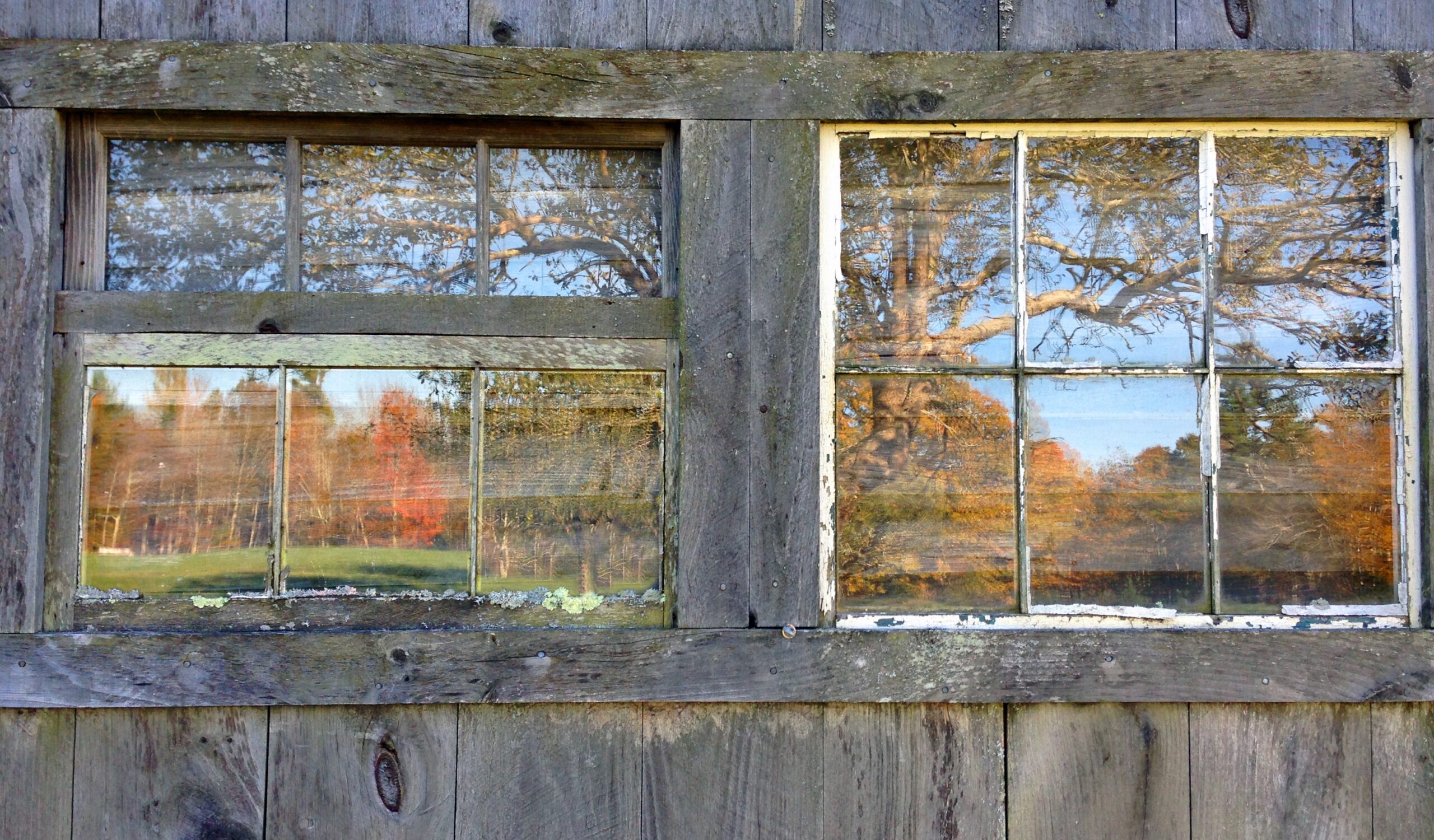
The environment of the Center is conducive to the kind of playful interactions across generations that we have portrayed in this essay. This Center is filled with light. It is inviting, bold and busy. As a result, the senior residences, many with forms of dementia, can interact with these 3 and 4 year old children. Despite her short-term memory being shot, Dorothy can hold court with her stories as a flight nurse who was rescuing veterans during the Korean war.
Her mind is able to recall these harrowing incidents while captivating these little ones. And then there were all those spontaneous moments when the little ones interacted with the seniors, some who had not engaged, just came alive in conversation. Jennie, you have brought your own children to this Center, I know you have your own stories regarding the value of intergenerational connections in LIVING LIFE
We offer a second story regarding Generativity Three. It comes from a project one of us [WB] helped to conduct in the State of Montana, funding by the humanities council in this state. The project concerned homesteading in Montana. Early settlers in Montana and many other states (and Western Canadian provinces) were given a plot of land by the government. They paid no money for this land but agreed to build on this land, grow crops and raise livestock for a certain period of time (usually 7 years). An extraordinary movie, Heartland, has been produced that documents the challenging experiences of these homesteaders—including the actual birth of a calf.
As part of this project, we went to retirement homes in Montana and showed the movie. We then met with many of the senior residents who had been homesteaders earlier in their life. The stories they told were often remarkable—having been sparked by these residents viewing of Heartland. One of the residents talked about having to give birth to a child without any assistance because their doctor was unable to come to her home (because of a severe snowstorm). A similar scene was played out in the movie.
Other residents talked about their birthing of calves and lambs, or of enduring the invasion of insects, as well as droughts and intense heat. The move had offered accurate (though dramatized) portrayals. The residents offered firsthand accounts (often with strong accompanying emotions). These audio-recorded interviews were archived by the humanities council and have been shared many times with a wide diversity of listeners—coming from many age groups and cultural backgrounds. This project was gratifying for all involved. Generativity Three was in full operation.
Generativity Four: Extension in Space
Finally, we are generative when we extend our perspective and caring actions in space (Generativity Four). We move beyond our family and organization to our community, to our broader society and, ultimately, to our world. We are in the words of Dewitt Jones (2020), not just concerned about being the “best IN the world” but are now concerned with being the “best FOR the world.”
We find this form of generativity among those who have successfully bult their own intergenerational bridge and are now assisting other individuals, groups and communities in building their bridges. We also find Generativity Four playing out in the advocacy of Inter-Generationality as a perspective and set of practices that is well worth public and private financial support—and as a priority in the creation of new institutions (such as Dorothy’s Retirement Center) and new projects (such as the documentation of Montana Homesteading).






